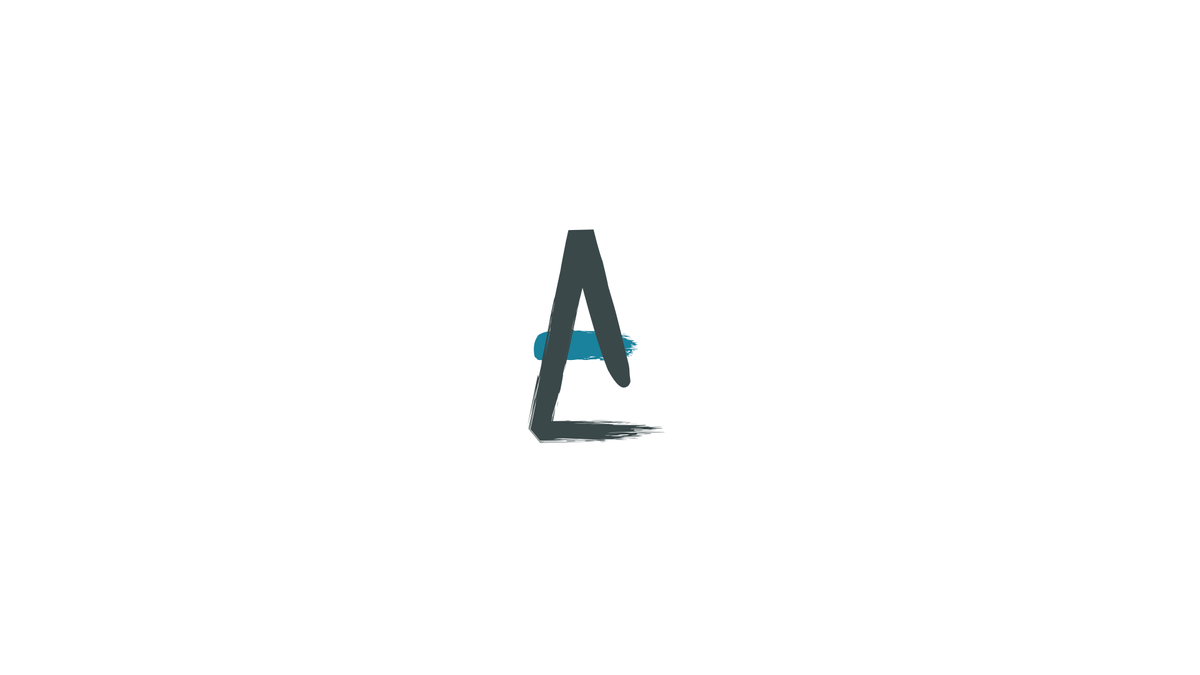OSCE Station #18 for the Primary

Manifesting your inner tooth fairy, you have accidentally knocked out a man's incisor while intubating him yesterday for a rather pressing emergency laparotomy.
Understandably he was rather cross about this.
Please explain how you would go about discussing this with him.
Introduction
- Introduce yourself
- Explain why you have come to see him
- Always have a chaperone to witness the conversation
Never send someone else to see on your behalf.
Apology
- Explore his understanding of events
- Explain in neutral terms the facts as you recall them
- Allow him to be angry and upset
- Specifically say that you are sorry - this is neither accepting blame nor admitting guilt, it is simply demonstrating compassion and regret that the situation occurred
- Do not try and minimise the problem
- Appreciate that is has affected his facial appearance, his self-confidence and may be causing him pain or discomfort
- Do not make excuses and certainly don't find reasons why it's actually his fault - 'your mouth is very small, you have an anterior larynx'
It is far better to say that you are sorry and explain that you will do your best to make amends, than it is to try and explain why it's not your fault.
And it goes without saying - never blame the patient.
What happens next?
- Offer pain relief as a first step
- Emphasise that there is a hospital policy for when this occurs, and you are going to make sure his problem gets seen to
- Ensure he knows that he will not have to pay for any repairs
- Explain that some hospitals have dental surgeons who can assess the damage and do repairs
- If this is not available, he can visit his own dentist and then claim the costs back from the hospital
- If so then he should check with your hospital about their policy on dental damage during surgery and request a form to claim back the cost
- The most important thing is to ensure he feels heard and that you will take his concerns seriously
The vast majority of these complaints and legal claims are settled out of court, as the cost of defending the case is vastly more than the cost of just paying for the repairs.
What objects are associated with dental damage during anaesthesia?
- Laryngoscope
- Oropharyngeal airways
- Jaw clamping
- Bite blocks
- Oropharyngeal suction
- Dental props/mouth gags
Who is most at risk of losing a tooth?
Patient factors:
- Age >50 years
- Obesity (BMI >35kg/m2)
- Rheumatoid arthritis / ankylosing spondylitis resulting in limited neck movement
Anaesthetic factors:
- Emergency general anaesthetic
- Mallampati grade 3 or 4
- Inter-incisor gap <5cm
- Limited mandibular movement (TMJ dysfunction)
- Retrognathia
- Direct laryngoscopy
- Double lumen endotracheal tube insertion
- Intraoperative airway exchange
- Biting during emergence
- Forceful removal of endotracheal tubes or supraglottic airway devices
- Oropharyngeal suctioning
Dental Factors:
- Prominent incisors
- Previous restorative dental work (crowns, veneers, prostheses, bridges)
- Anterior dental restorations
- Brittle restorative materials
- Periodontal disease
- Dental caries
- Isolated teeth
- Mixed dentition (children aged 5-12 years old)
What should you do next if you knock out a tooth?
- Secure the airway first
- Find the tooth and retrieve it (usually from the back of the mouth with Magill's forceps)
- If no contra-indications then the tooth should be implanted into the gum immediately by the anaesthetist and held in place for several minutes
- Ensure fragments and knocked out teeth are found and kept
- Store in saline or milk as may be possible to re-implant later
- If tooth not found, consider bronchoscopy/xray to ensure not in airway
- Refer to maxfax team (depending on hospital policy and availability)
- Document thoroughly and escalate immediately to a senior
- Explain and apologise to patient after procedure as above
What are the contraindications to reimplanting the tooth?
- Periodontal disease
- Severe immunosuppression
- Fractured tooth or underlying gum damage
- Severe cardiac disease
- Primary (milk) teeth
How can you avoid dental damage in a high risk patient?
- Avoid airway manipulation if possible - regional anaesthesia
- Use supraglottic airways rather than intubating
- Alter your airway technique (hyperangulated videoscope, nasal intubation)
- Use bite blocks at extubation
What is required for a medical negligence claim?
The claimant is required to prove:
- A duty of care existed
- This duty of care was breached
- This directly led to the harm experienced by the patient
How can you protect yourself?
- Assess patient risk for dental damage - loose teeth, veneers, crowns, isolated teeth, metalwork etc.
- Document that you have assessed the risk
- Thorough discussion with patients during pre-assessment about the risks of dental damage
- Detailed documentation of airway management and actions taken in the event of dental damage
If there was no dental damage at the time of intubation, it's probably worth documenting 'no dental trauma' or something similar, so that if they grind their teeth in recovery or have a subsequent dental issue, your intubation doesn't get blamed.
Some Revision and Further Reading
Dental damage is the single leading cause of medicolegal claims against anaesthetists.
As the volume and popularity of expensive (and often unnecessary and substandard) cosmetic dental work increases, it is likely this number will follow suit.
Much of the time the core issue is that patients weren't aware of the risks before they underwent surgery.
Some numbers
- Maxillary incisors are the most commonly damaged teeth as the laryngoscope has a habit of using them as a handy pivot
- Usually it's a dental fracture, total toothectomy only occurs in around 10% of cases
- Patients with dental work are up to 5x more likely to sustain an injury
- Difficult intubation increases the risk 20x
- 50-75% of cases involved direct laryngoscopy
Useful Resources and further reading
I have to admit, I always consent for dental damage but don't routinely consent for the 1% vocal cord injury in my usual practice 😬 #DAS2022
— Sally El-Ghazali (@sally_ghazali) October 6, 2022
What do you consent patients for when undergoing anaesthesia during pre-assessment? pic.twitter.com/8mhgkUkljV



Here's a useful PDF from the Medical Protection Society
Here are our other OSCE posts


